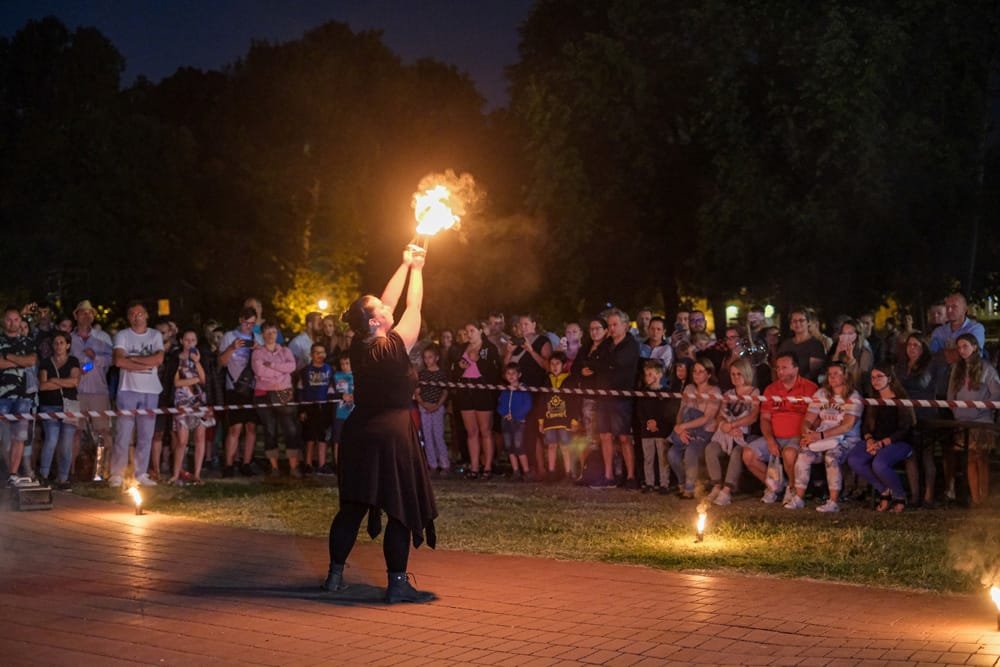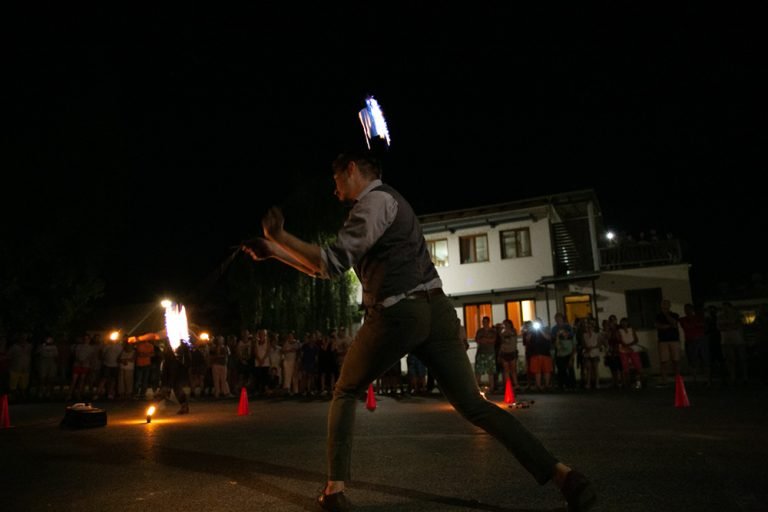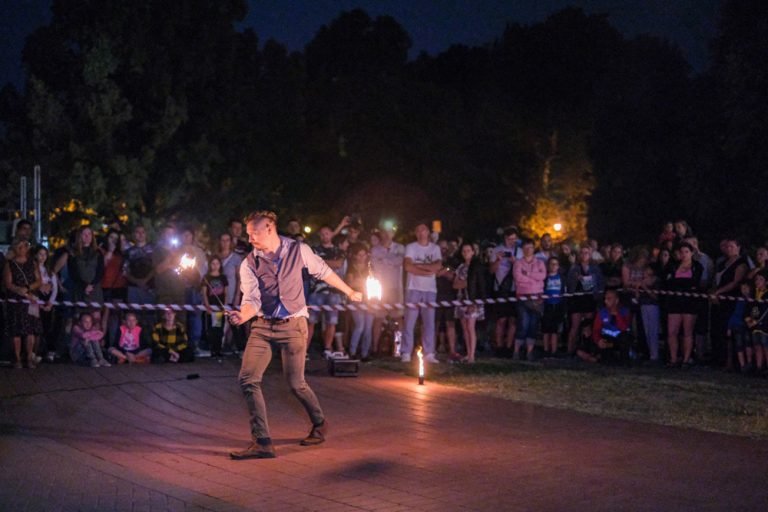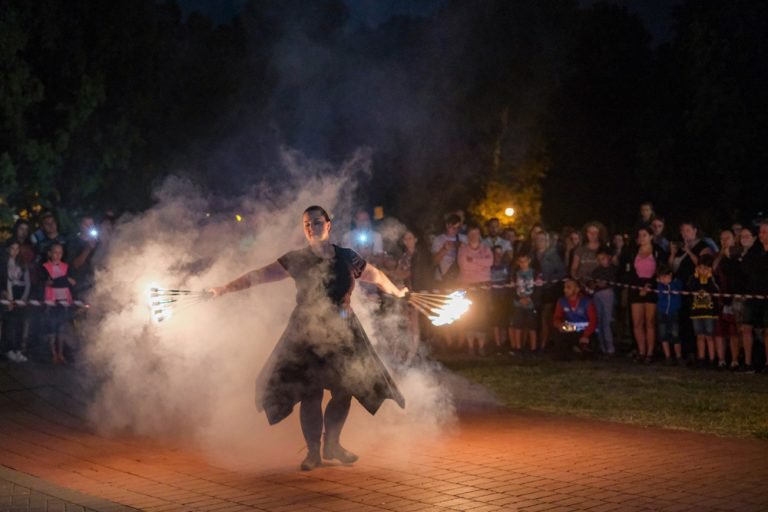Fire performance is more than an entrancing spectacle—it’s a centuries-old tradition rooted in culture, ritual, and human creativity. From spiritual ceremonies in ancient civilizations to cutting-edge performances at modern festivals, the history of fire performance tells a compelling story of transformation, reverence, and innovation. Join us as we journey behind the flames to explore how this mesmerizing art form has evolved through the ages.
Early Beginnings: Fire as Sacred Symbol
The origins of fire performance can be traced back to ancient cultures where fire held deep spiritual significance. Civilizations across the globe saw fire not just as a source of light and warmth, but as a powerful symbol of purification, transformation, and divine energy.
- Polynesian fire knife dancing (Siva Afi): This traditional Samoan practice combines storytelling with warrior skills, featuring flaming knives spun and twirled at high speed.
- Hindu fire rituals: In India, fire ceremonies (yajnas) have been practiced for over 3,000 years, where fire symbolizes purity and serves as a bridge between humans and deities.
- African tribal dances: Some African communities integrated fire into ceremonial dances to honor ancestors or mark transitions like birth and adulthood.
These early examples demonstrate that fire performance was never just for show—it was embedded in the sacred and communal life of cultures worldwide.
The Fire Arts Evolution Through the Ages
As human societies developed, fire performance evolved from religious ritual into public entertainment. By the time of the Middle Ages and Renaissance in Europe, fire had entered the realm of spectacle and showmanship.
- Street performers and fire eaters: In medieval fairs, daring performers used techniques like fire breathing, fire eating, and torch juggling to amaze onlookers.
- Circus and vaudeville: The 19th and early 20th centuries saw fire acts incorporated into traveling circuses and vaudeville shows, alongside sword swallowers and escape artists.
- Cabaret and burlesque: Fire dancing added exotic flair and sensuality to stage performances in the 1920s and 30s, especially in Paris and Berlin.
Throughout history, fire performers have pushed boundaries—turning danger into art, and crafting a visually captivating experience that has stood the test of time.
Modern Interpretations of Fire Artistry
In the 21st century, fire performance has taken on new life as a multidisciplinary art form. From music festivals to weddings, corporate events to private parties, today’s fire artists blend movement, technology, and narrative in boundary-pushing ways.
- Flow arts integration: Modern fire dancers often combine poi, staff spinning, hula hoops, and fans with LED and pyrotechnic elements.
- Theatrical storytelling: Performances are now choreographed with music, costume, and emotional arcs to create immersive experiences.
- Global community: Online platforms allow fire artists to share techniques, inspire one another, and collaborate across continents.
“Fire dancing today is where ancient ritual meets modern innovation—honoring tradition while continually reinventing the art form.”
From Burning Man to local fire jams, fire artistry has grown into a globally recognized creative discipline embraced by both professionals and passionate hobbyists.
Cultural Significance and Symbolism
Despite modern innovations, fire performance continues to carry deep cultural meaning. In many regions, it remains a symbol of strength, transition, and community.
- Hawaiian luaus: Fire knife dancing is still an essential part of cultural showcases, preserving and celebrating Polynesian identity.
- South Asian weddings: Fire is often part of ceremonial rituals symbolizing purification and new beginnings.
- Spiritual festivals: Events like Diwali or Beltane use fire in symbolic ways that echo ancient roots while embracing contemporary relevance.
These practices remind us that fire performance is more than just entertainment—it’s a living cultural expression that bridges past and present.
Looking Forward: The Future of Fire Performance
With the rise of immersive entertainment and digital art, fire performance continues to evolve. Artists are now blending projection mapping, wearable tech, and augmented reality with traditional fire props to create multi-sensory spectacles. Safety protocols, environmental awareness, and professional standards are also rising in importance—ensuring that fire art remains sustainable and accessible for generations to come.
Meanwhile, the sense of community and collaboration among fire dancers continues to strengthen. International festivals, online tutorials, and shared choreography projects allow both aspiring and experienced performers to contribute to a growing, global legacy.
Conclusion: Honoring the Flames of the Past
Fire performance is not merely an act of danger or delight—it is a living story woven through centuries of ritual, resilience, and reinvention. By understanding its roots and embracing its future, we enrich our appreciation of this powerful art form.
Whether you’re looking to host a mesmerizing fire show or delve deeper into the tradition yourself, remember: behind every flame lies a legacy worth honoring.
Book a professional fire performance today and bring history, artistry, and passion to your next event.




